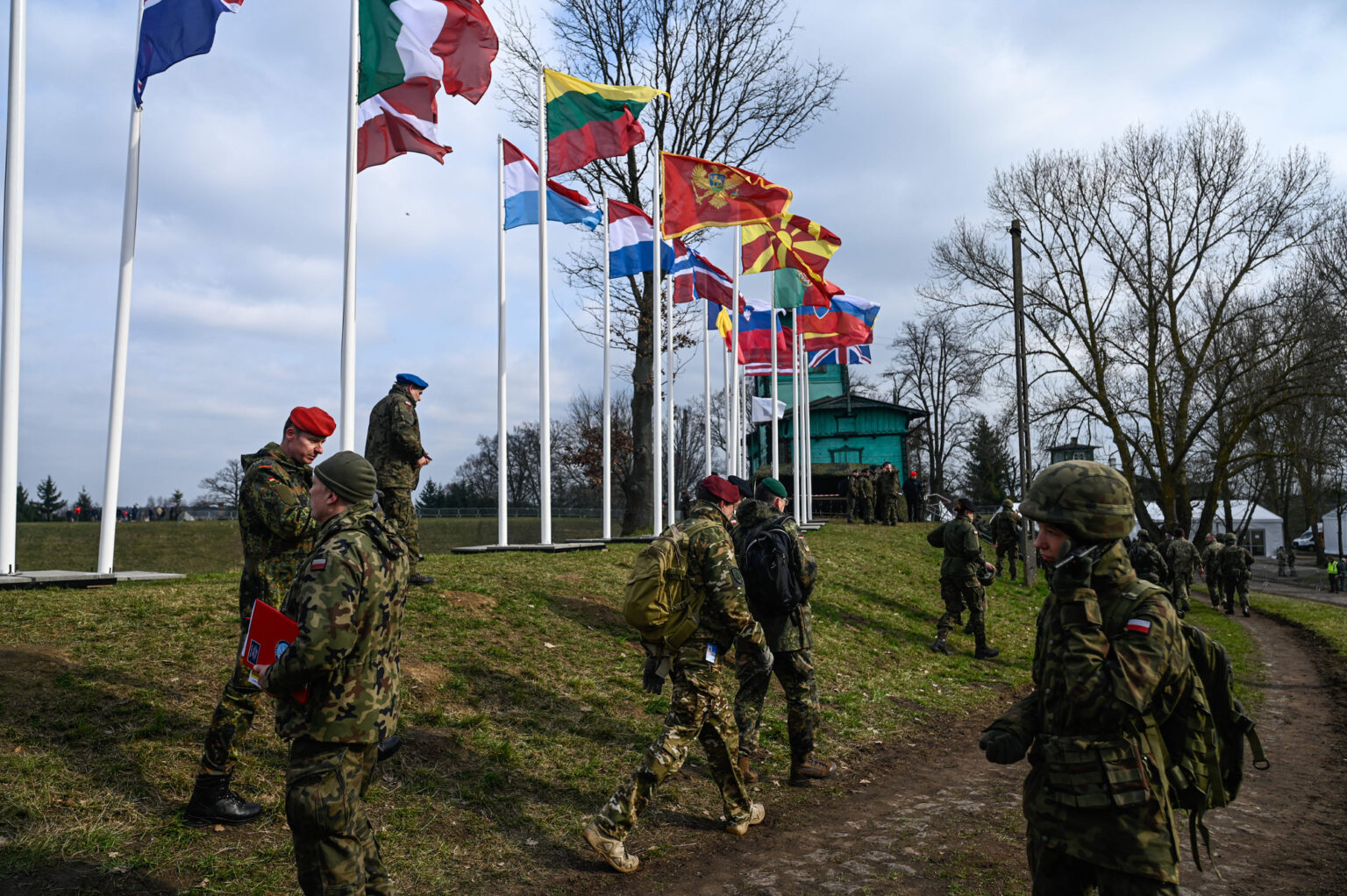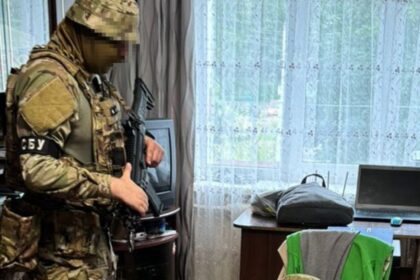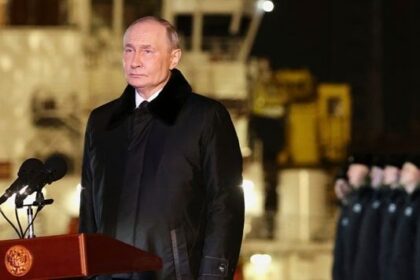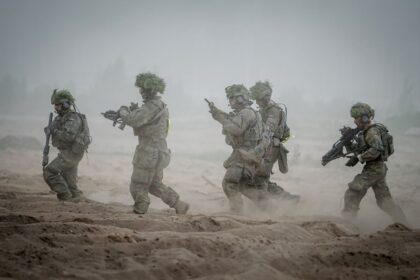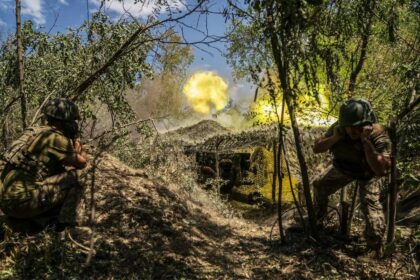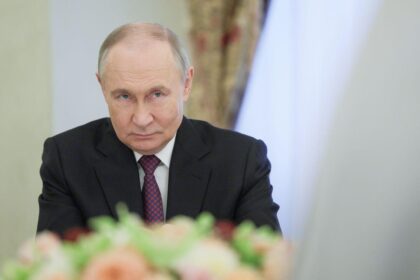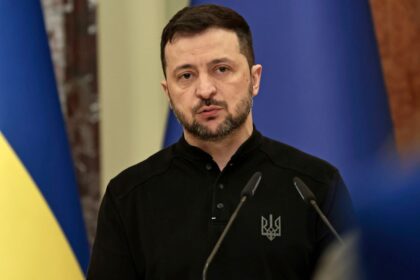**Europe’s Defense Dilemma: A $1 Trillion Challenge Ahead**
As the world watches, Russia is rapidly expanding its military presence along NATO’s borders. With this growing threat, Europe may soon face a historic challenge: defending itself without the US military umbrella. According to estimates by the International Institute for Strategic Studies (IISS), this would require at least $1 trillion, with over a third of that amount allocated solely to weapons procurement.
Imagine a shopping list that reads like a war movie script: 600 tanks, 800 tracked infantry fighting vehicles, 900 heavy armored personnel carriers, and dozens of air defense systems. The numbers are staggering, and the costs would be crippling. But, as analysts at Defense Express point out, the greatest challenge is not financial – it’s manpower.
**The Manpower Conundrum**
Even if Europe finds the money to fund this next-level army, will they have enough people to manufacture all this weaponry and operate it effectively? The answer is unclear. The projected list of required assets includes an unprecedented number of military personnel and skilled workers needed to maintain these modern-day machines.
To put this into perspective, consider Germany’s recent announcement to form its first permanently deployed combat brigade abroad since World War II in Lithuania. Berlin plans to send a 5,000-troop brigade to Lithuania by the end of 2027. This is just one example of how Europe is trying to bolster its defense capabilities.
**A Military Industrial Complex on Steroids**
The projected list of required assets includes an astonishing number of military equipment:
* Artillery and missile systems: 200 tracked self-propelled howitzers, 100 wheeled, 100 multiple launch rocket systems (MLRS), 400 tactical ballistic missile systems, dozens of air defense systems, and 20 launchers for long-range cruise missiles.
* Air power component: an additional 400 fighter jets, 200 attack helicopters, dozens of reconnaissance and electronic warfare aircraft, and 3,700 air-to-air missiles.
* Naval forces: two aircraft carriers, two amphibious assault ships, 20 destroyers, six frigates, ten nuclear submarines, along with thousands of naval missiles and torpedoes.
This military buildup is reminiscent of the Cold War era, but with a significant twist – it’s happening without the US backing. As Defense Express analysts point out, “Even if Europe finds the money, the question remains: will it have enough people to field this next-level army?”
In conclusion, Europe faces a daunting challenge in defending itself against Russian aggression without US support. While estimates suggest a financial commitment of $1 trillion, the real issue lies in finding skilled workers and military personnel to operate these modern-day machines.
**The Verdict**
As we examine Europe’s defense dilemma, one thing is clear: this will not be an easy task. The shopping list is long, and the costs are staggering. But what’s more concerning is the manpower gap that exists between Europe’s current capabilities and the resources required to build a next-level army.
As Russia continues to expand its military presence along NATO’s borders, it’s essential for Europe to consider this question: Can they find enough people to field this army?




